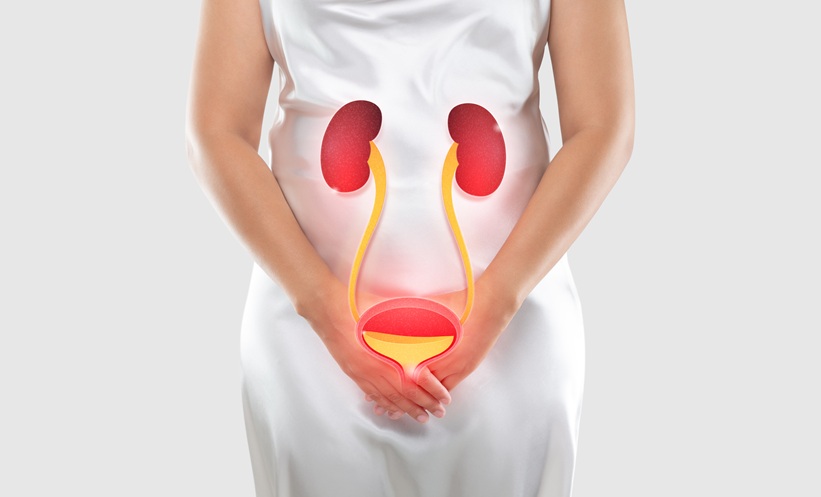EVEN a high-normal BMI in late adolescence was associated with increased odds of early chronic kidney disease (CKD), according to recent study in Israel. This investigation revealed an association between high BMI in late adolescence and increased risk of CKD in young adults. One in five adolescents in the USA have a BMI at or above the 95th percentile for age and sex on the Centers for Disease Control and Prevention (CDC) growth charts, a concerning statistic when the well-known link between obesity and CKD is considered.
In total, 593,660 Israeli adolescents (54.5% male), aged 16–20 years old (mean: 17.2 years), completing medical assessment for mandatory military service, were included in this retrospective study. Patients with kidney pathology, albuminuria, hypertension, dysglycaemia, and missing blood pressure or BMI data were excluded. In a mean follow-up time of 13.4 years, 0.3% of adolescents developed early CKD.
In the male cohort, the risk for developing CKD increased the most among those with severe obesity during adolescence (adjusted hazard ratio [HR]: 9.4; 95% confidence interval [CI]: 6.6–13.5), followed by mild obesity (adjusted HR: 6.7; 95% CI: 5.4–8.4), overweight (adjusted HR: 4.0; 95% CI: 3.3–5.0), and high-normal BMI (adjusted HR: 1.8; 95% CI: 1.5–2.2). Findings were similar among females, with the most increased risk for developing CKD in those with severe obesity during adolescence (adjusted HR: 4.3; 95% CI: 2.8-6.5), followed by mild obesity (adjusted HR: 2.7; 95% CI: 2.1–3.6), overweight (adjusted HR: 2.3; 1.9–2.8), and high-normal BMI (adjusted HR: 1.4; 95% CI: 1.2–1.6). The risk of developing CKD in young adulthood was found to be increased by 1.5–2.7 times in adolescents who are overweight or obese.
Avishai Tsur, Sheba Medical Center, Tel Aviv, Israel, was a leader in this research, and emphasised the importance of these results: “Given the increasing obesity rates among adolescents, our findings are a harbinger of the potentially preventable increasing burden of CKD and subsequent cardiovascular disease.” This work is expected to raise awareness in the field, and drive further investigation.






